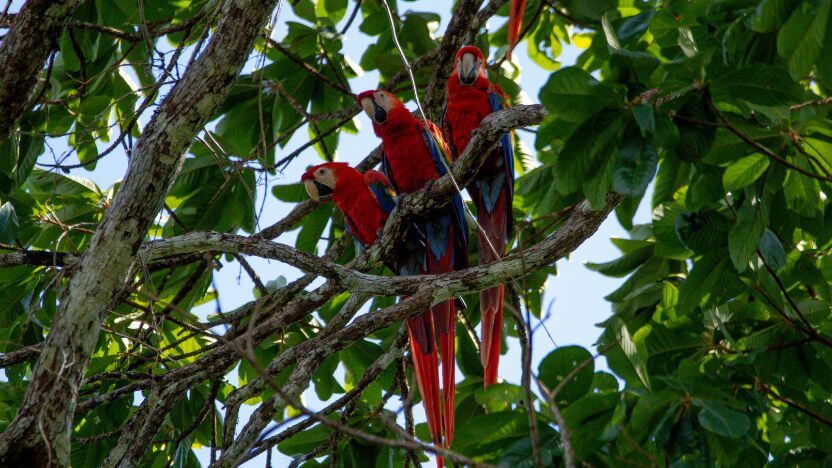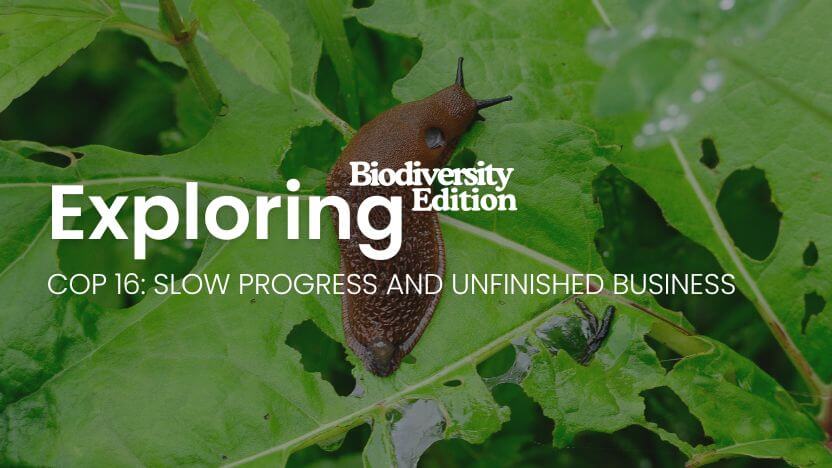How we united 22 native forest areas into one powerful movement to stop deforestation at the heart of the Amazon Deforestation Arc.



Location
Acre and Amazonas, Brazil
Standards
VCS – Verified Carbon Standard
CCBS – Climate, Community and Biodiversity Standards
project documents
Hectares Covered
33,519 ha
Registry ID
3141
The project in a glance
Protecting a mosaic of forest, life, and legacy
A science-driven approach to safeguarding biodiversity, empowering communities, and preventing deforestation.

Baseline scenario
The Amazon Deforestation Arc loses critical forest cover every day due to unsustainable agriculture, cattle ranching, fire, and weak enforcement.
DRIVERS
The protection of 33,519 hectares of native forest, covering 22 properties across Acre and Amazonas.
OUR SOLUTIONS
Fire prevention brigades, satellite monitoring, property surveillance, agroforestry training, and support for local cooperatives.
OUTCOMES
Reducing emissions and deforestation, restoring habitat, empowering communities with jobs and infrastructure, and preserving ancient landmarks.
BASELINE SCENARIO
A grouped REDD+ in the Amazon Deforestation Arc
Core goals
Fires and deforestation
Illegal exploitation
Low resilience
The Western Amazon REDD+ Grouped Project (WARG) was launched in 2019 with one simple idea: protect more by working together.
Spanning over 33,500 hectares and uniting 22 separate properties, WARG builds resilience in one of the most pressured frontlines of global deforestation: Acre and Amazonas, Brazil. In this region, unsustainable cattle grazing and land clearing continue to push the forest’s survival to the edge.
But through collective commitment, the tide is beginning to turn. Today, WARG stands as a model for grouped REDD+ projects, combining climate protection, biodiversity conservation, community empowerment, and cultural heritage in one scalable framework.
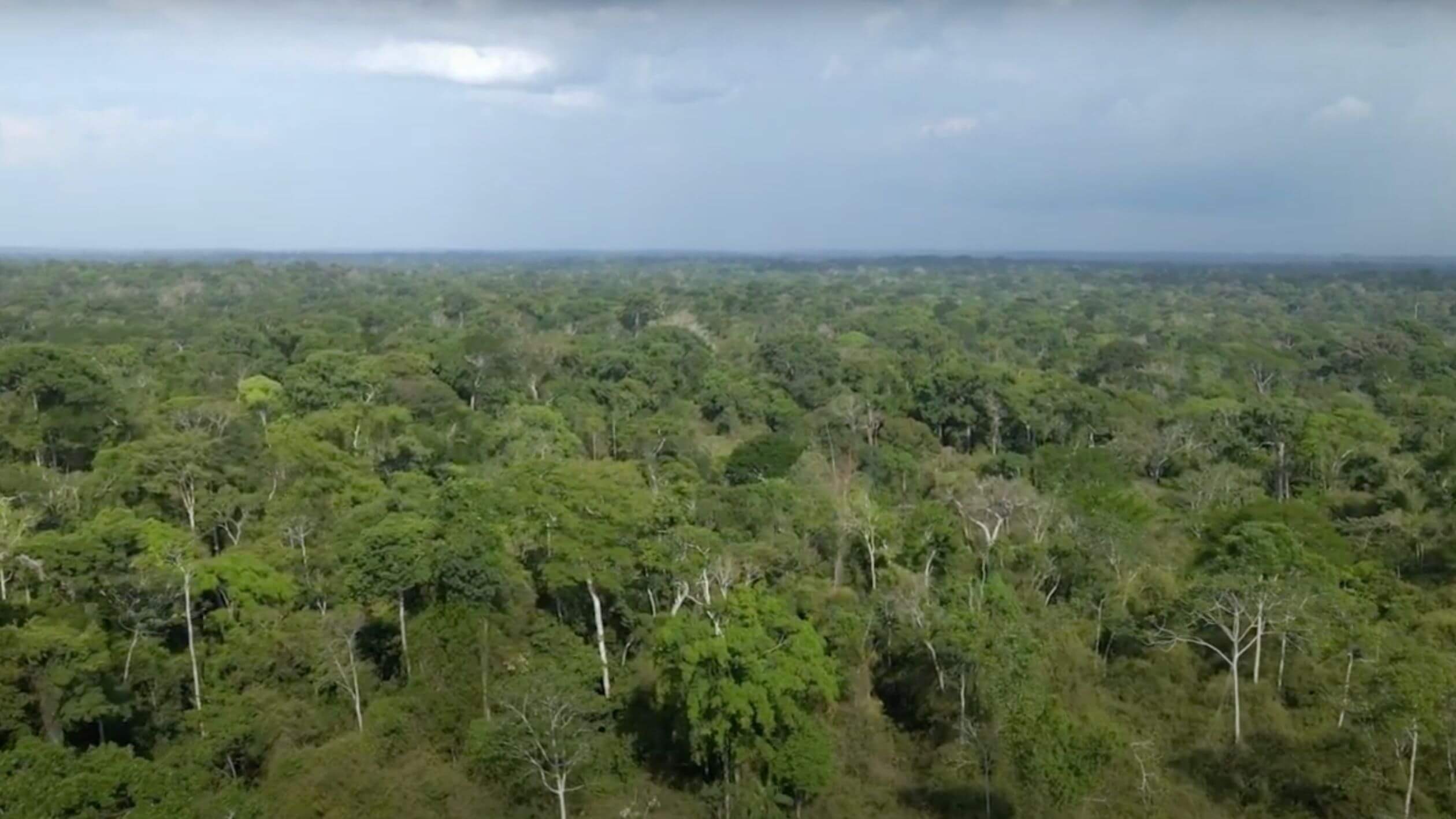
DRIVERS
Reuniting fragmentation for impact
In the Amazon Deforestation Arc, forest loss is relentless. Fires, illegal hunting, and logging destroy ecosystems and threaten biodiversity every day.
WARG was born to change this pattern, offering structure, training, and tools to communities so that they can protect and benefit from their forest.
120 soccer fields of forest are lost each day in the region. WARG aims to reverse that, hectare by hectare.
1
Fires and deforestation
Land clearing through fire is widespread during the dry season, leading to rapid forest degradation and CO₂ release.
2
Illegal exploitation
Unregulated hunting and logging continue to threaten protected areas due to insufficient monitoring.
3
Low resilience
Lack of infrastructure and weak enforcement makes long-term protection difficult for many landowners.
33,519
Hectares of forest protected
219,520
ton / year of CO2 emissions avoided
SOLUTIONS
Technology, education and culture in the same recipe.
Fire Prevention & Response
Fire brigades have been trained, equipped, and mobilized to protect the forest from within.
Satellite-based early warning systems enable rapid detection and response to wildfire risks.
Community workshops build awareness and practical knowledge around fire prevention and resilience.
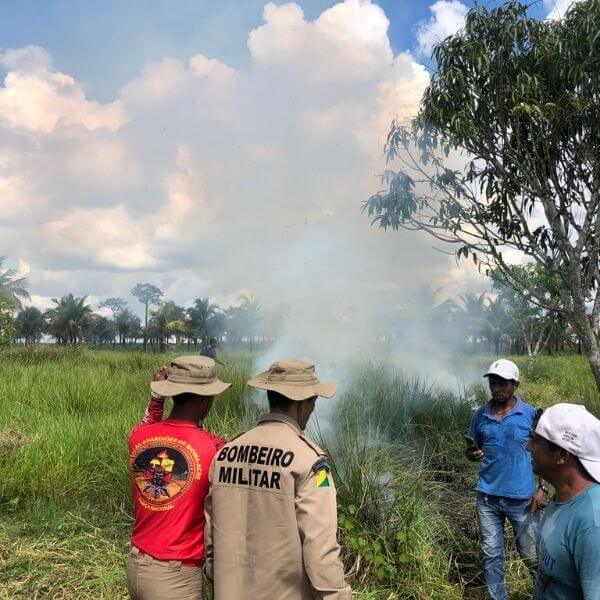
Monitoring and security
Drone and satellite surveillance ensure constant monitoring across the entire project area.
Property boundaries have been clearly marked with signage and backed by legal protection.
Forest patrols on motorcycles and 4x4 vehicles provide a strong on-the-ground presence to deter illegal activity.
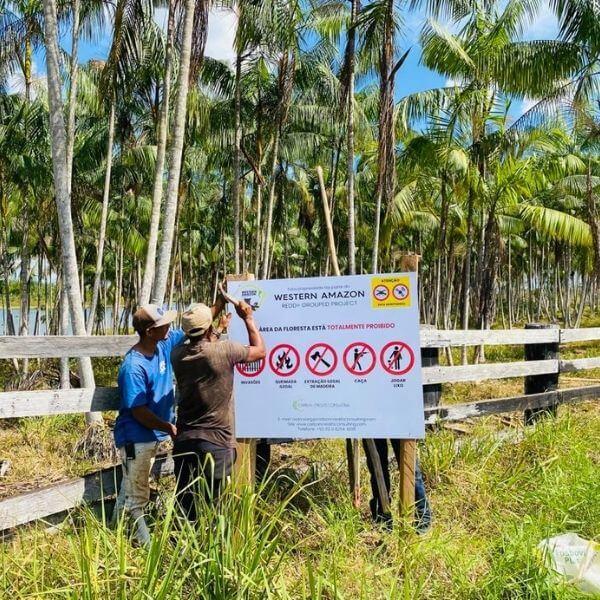
Community engagement
Education programs, agroforestry training, and support for local cooperatives empower communities to lead sustainable change.
Infrastructure improvements, like internet access points and water tanks, strengthen daily life and resilience.
Both direct and neighboring communities are actively involved, ensuring widespread and lasting impact.
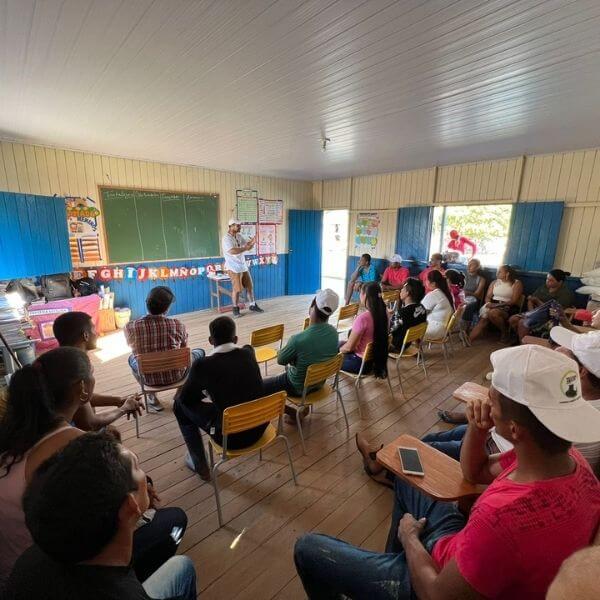
Biodiversity Preservation
Species surveys help identify and monitor mammals, birds, reptiles, and amphibians across the project area.
Camera traps have been deployed, capturing the presence of jaguars, pumas, and other key species living in the forest.
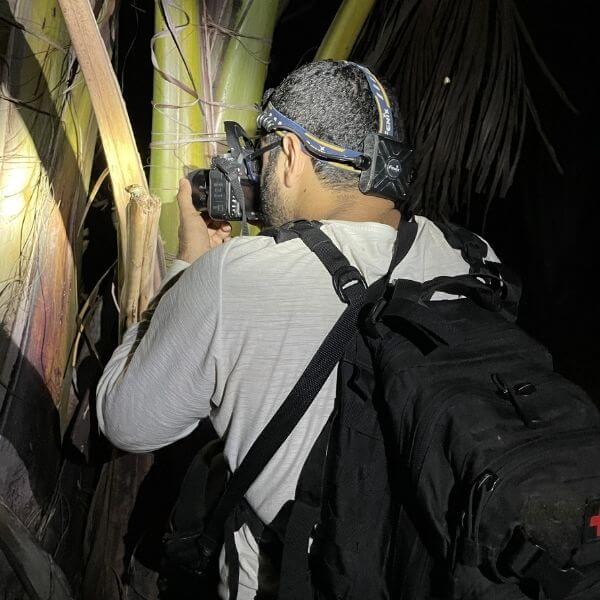
Cultural heritage
Ancient geoglyphs dating back 2,000 years have been discovered and carefully preserved.
SOngoing collaboration with archaeologists ensures proper mapping, study, and protection of this cultural heritage.

OUTCOMES
Environmental Impact
We reunited fragmented lands under one protection model
- 33,519 ha of native forest protected
- +219,000 tCO₂e avoided emissions per year
- 120 soccer fields of forest saved every day
SOCIAL
We transformed local livelihoods into agents of conservation
- Creation of conservation jobs
Support for sustainable cooperatives - Reactivate schools and basic healthcare access
- Discovery and protection of 2,000-year-old geoglyphs
BIODIVERSITY
We safeguarded biodiversity by restoring habitats, supporting species protection, and valuing ecosystems as vital to life and livelihoods.
- Species Identification
- No hunting / No logging
- Implementation of camera traps
- Protection of jaguars, pumas, and over 329 animal species










SDGs goals
The project will contribute to the achievement of the following Sustainable Development Goals outlined in Agenda 2030.
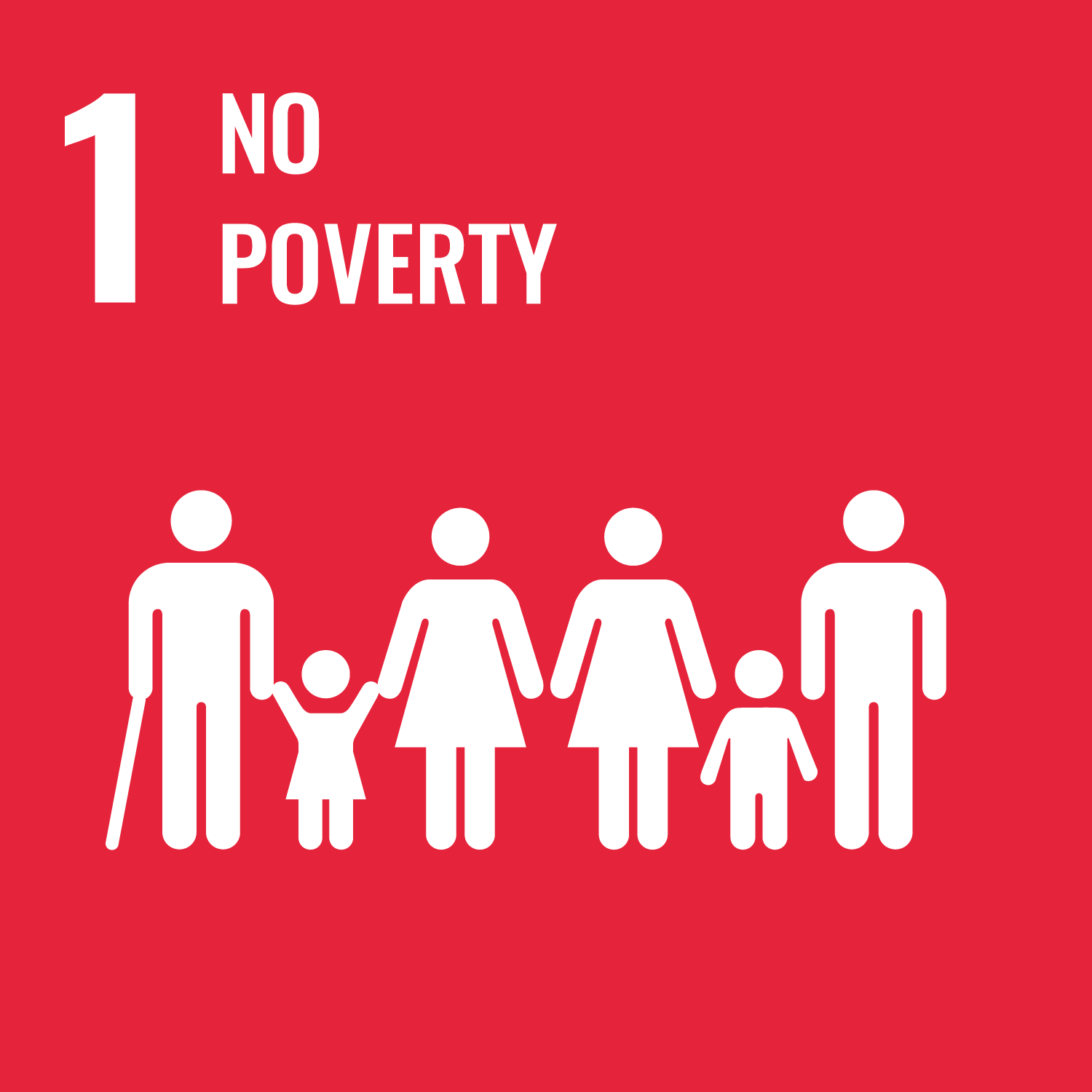
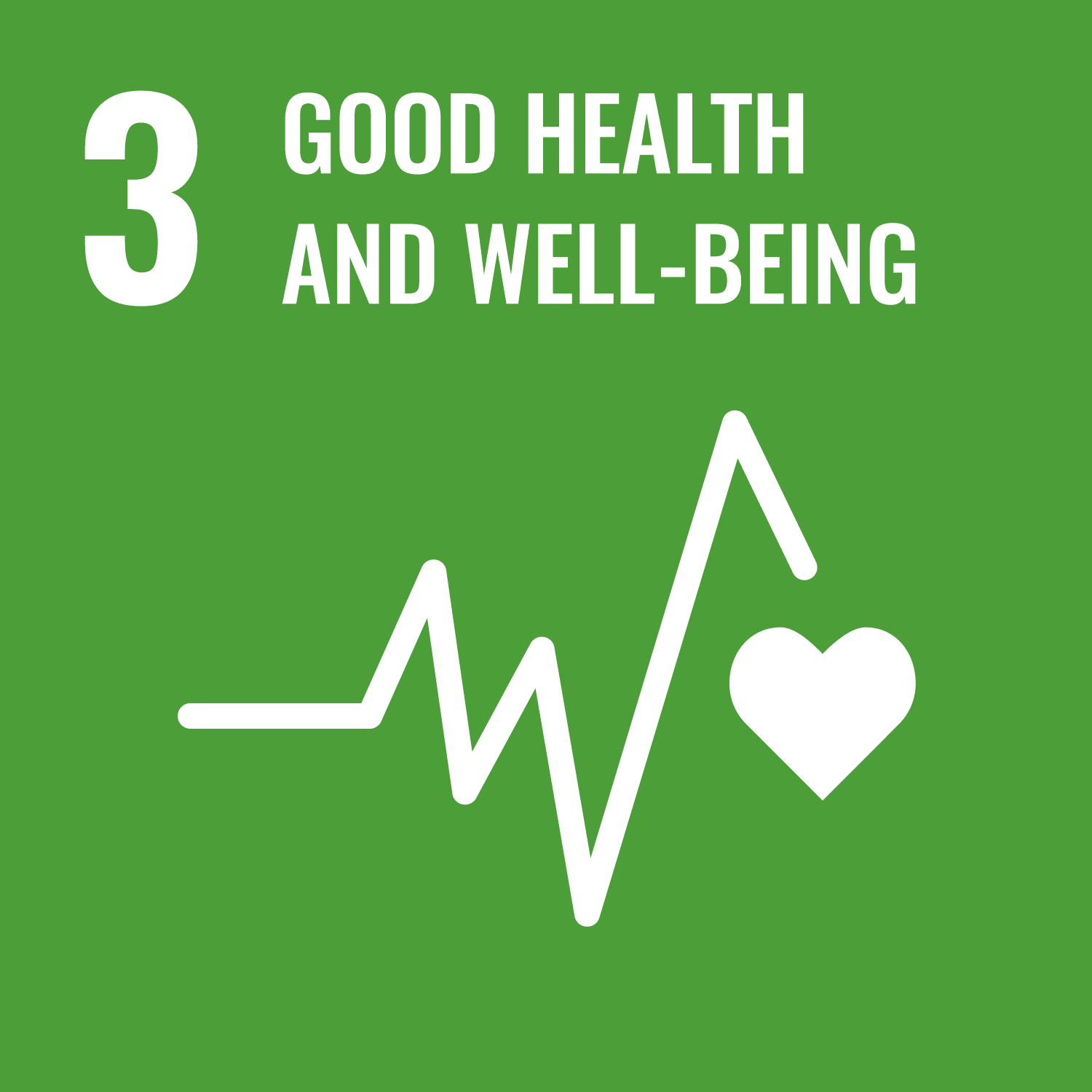
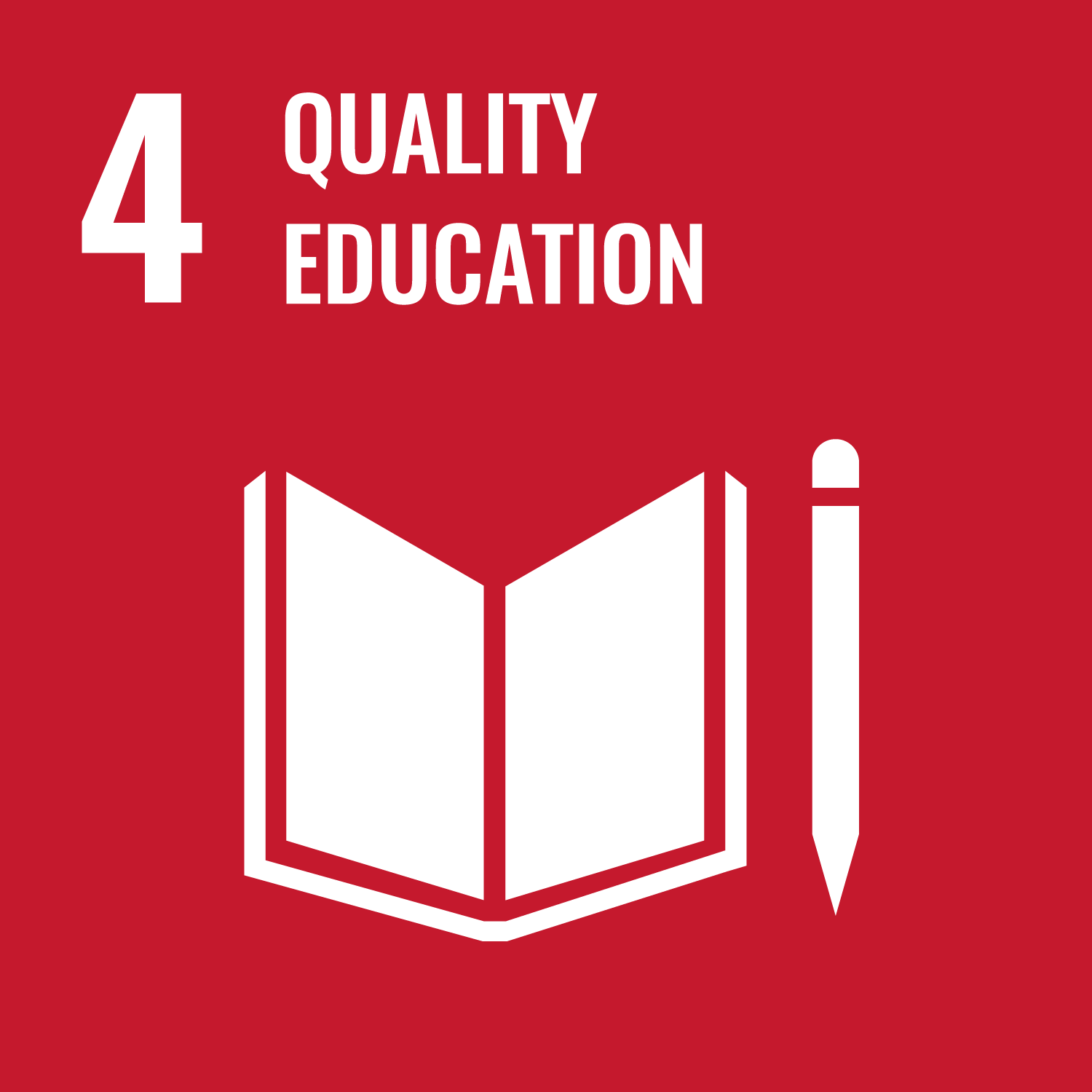
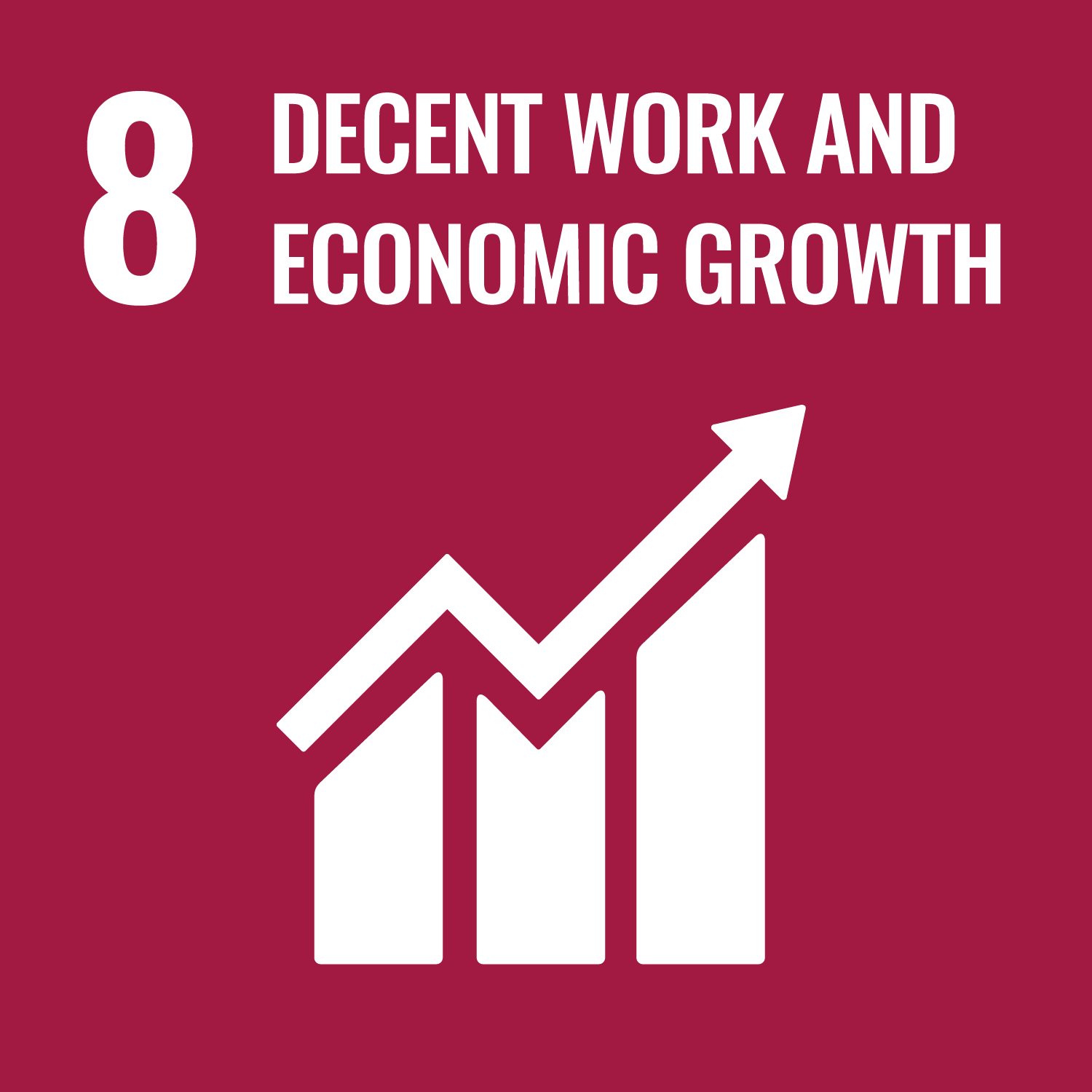
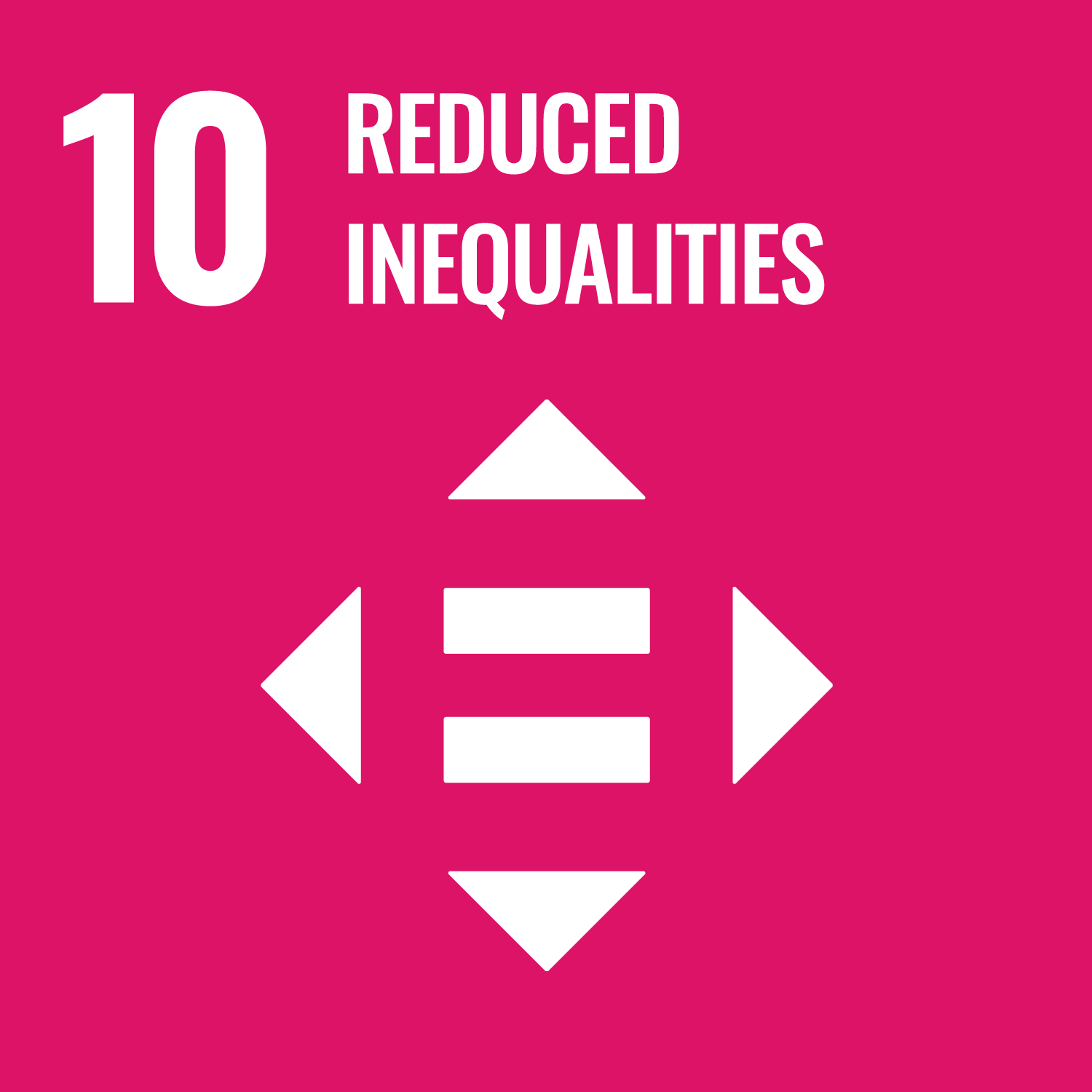
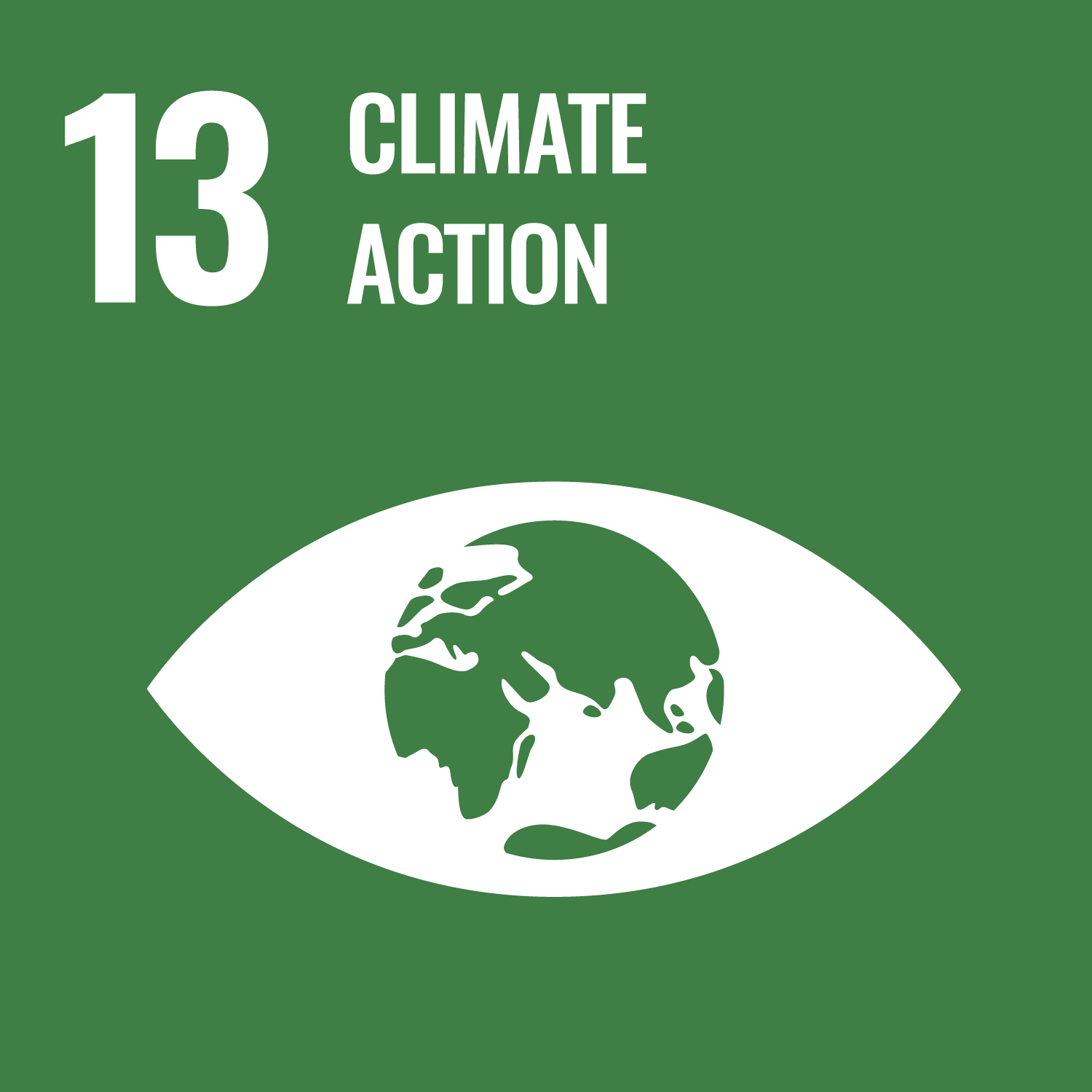
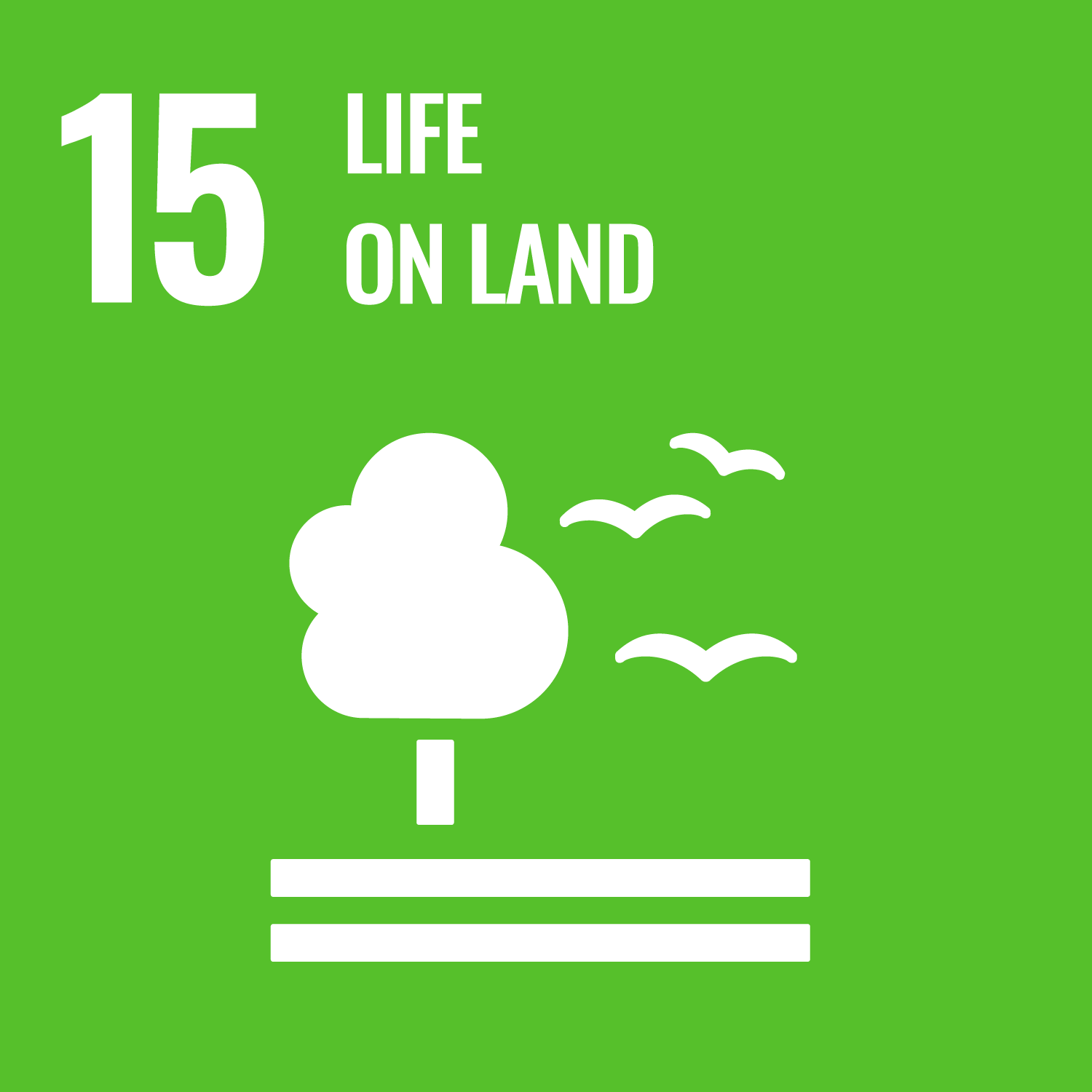
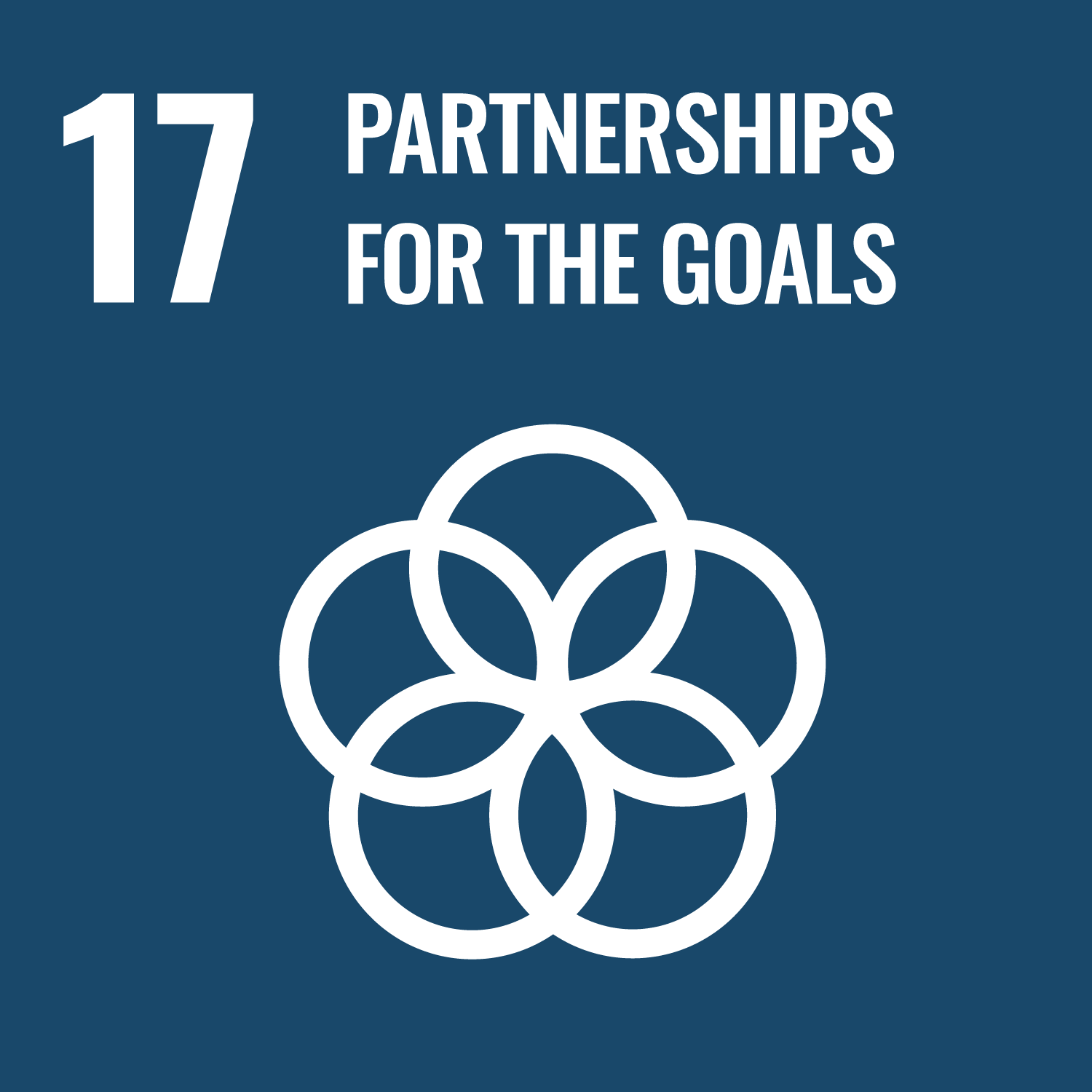
Insights
dive deeper in the project
Camera Traps
14/05/2025
A space for the little ones: The ecological importance of birds in tropical forests
Insights
14/05/2025
COP 16 on Biodiversity: Slow Progress and Unfinished Business
